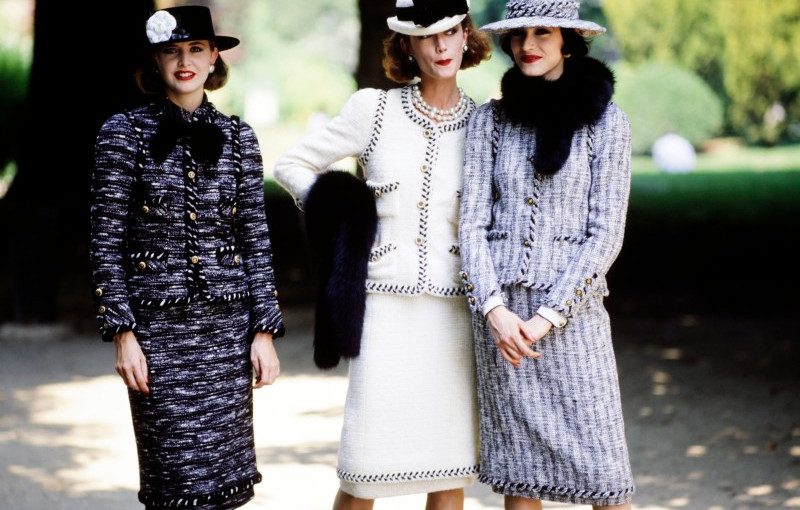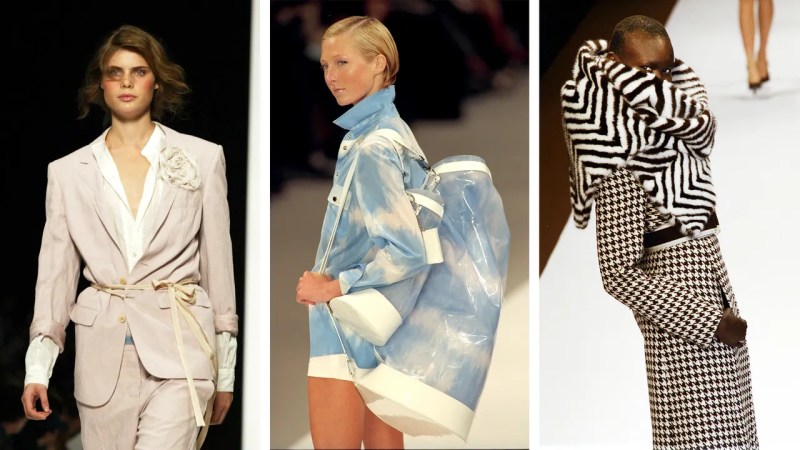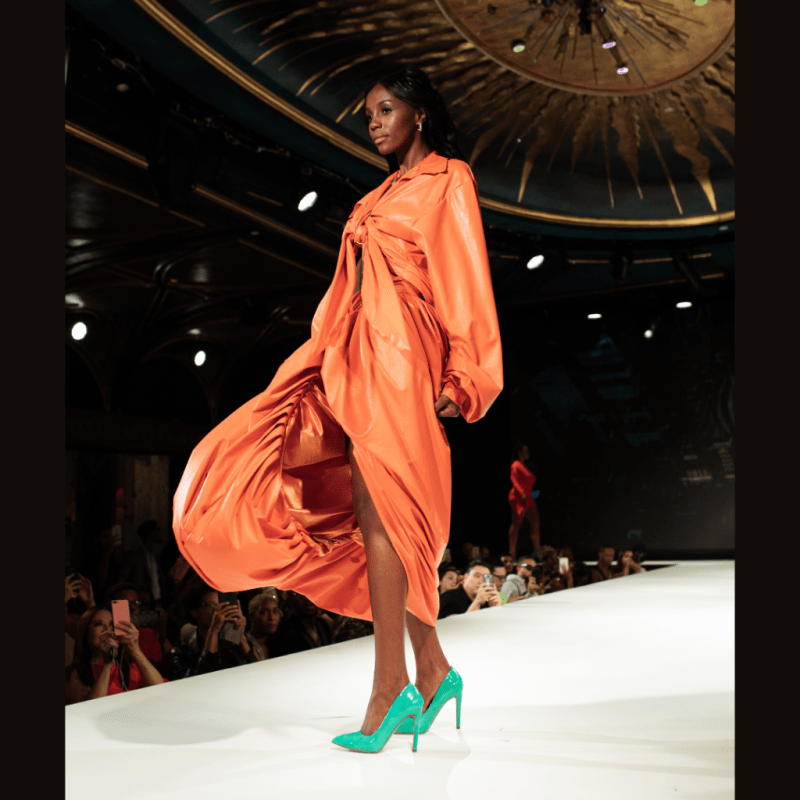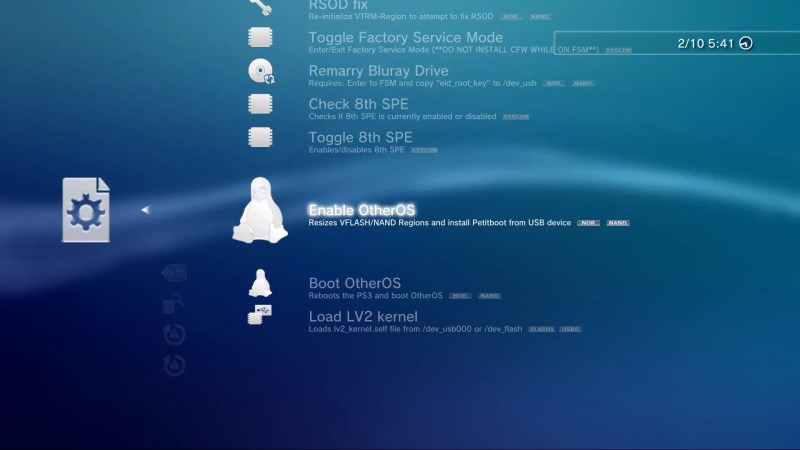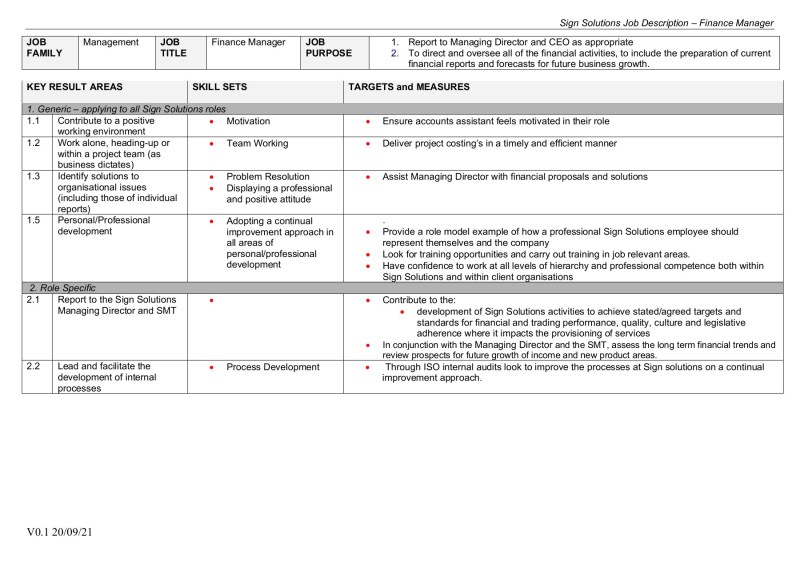Where Do Fashion Designers Get Their Fabric
Where Do Fashion Designers Get Their Fabric – It’s no secret in the fashion world that the most exclusive fabrics are made on a complex loom under careful supervision, often with a lot of handwork. The best examples are the luxurious fabrics we see on the runways: couture fashion is defined by unique fabrics used to create striking looks.
In ancient times, any fabric made from rare fibers such as silk, cashmere or Egyptian cotton was considered “luxury”. Now it’s more about the subtleties of design than the actual composition. Lace with embroidery, tulle with sequins, chiffon with fringe, wool with appliqués, silk or laser-cut cotton are just some of the fabrics that belong to the luxury segment. There are also high-tech materials with different designs and taking the very concept of fabric to a new level of performance. Many of them are suitable for high fashion looks.
Where Do Fashion Designers Get Their Fabric
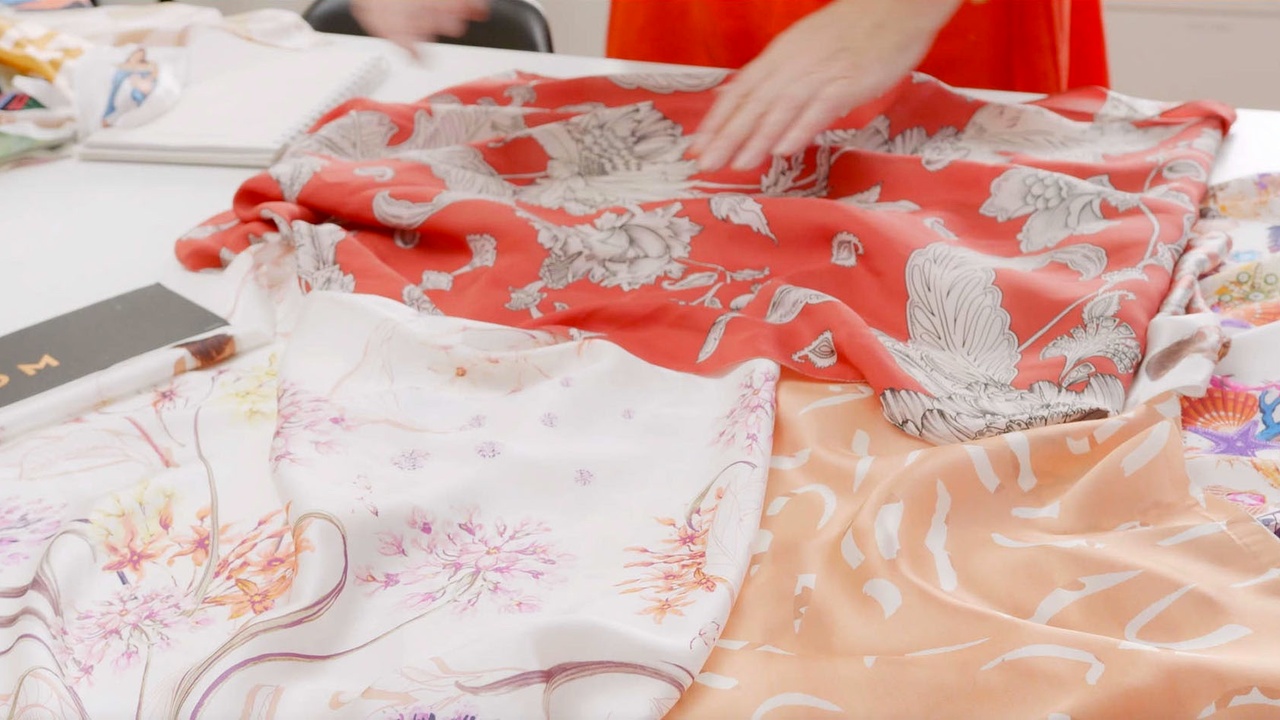
The first concept refers to the unique fabrics used by famous fashion houses in their luxury collections. They are made to order or created by textile factories according to their own sketches. High fashion fabrics are very complex to manufacture, as they are woven and finished on centuries-old looms or, alternatively, using advanced machinery. Many of them are embroidered and decorated by hand, and the decoration is exclusive. Think magnificent brocade, guipure lace with embroidered beads, silk of the highest quality, embroidered with sequins – this is luxury.
How To Get A Job In The Fashion Industry
The second concept refers to fabrics made from rare raw materials. Sea Island cotton, vicuna, alpaca, cashmere are expensive, premium fibers are available in limited quantities. You will not see them in the next fashion season. Premium fabrics are timeless and don’t need help from the fashion industry to stay relevant. A good example is vicuna. This is the rarest fiber in the world, from 9 to 12 microns, and each animal can produce no more than 0.5 kg of wool. It is then woven into one of the softest fabrics known to man, and such precious fabric is not readily available. Taking all this into account, it becomes clear why a vicuna wool coat costs around $20,000, and a vicuna wool scarf starts at $4,000.
Although some expensive fabrics are classified as designer and some designer fabrics are considered luxury, they are not the same. Whats the difference?
Created by specific designers. In other words, there is an artist behind every print or pattern. They are usually of impeccable quality and can be found in both haute couture and ready-to-wear collections.
Most designers buy fabrics from manufacturers. Since fabric manufacturers work a season earlier than fashion companies, each designer can choose from the collections they offer what he likes. Some fashion houses create their own fabrics or may commission special prints, colors and designs, but this is the exception rather than the rule.
German Designer Explores China’s Centuries Old Silk Fabric Tradition
Paris, France hosts the most famous trade fair where every supplier of luxury fabrics can showcase their collections.
There are many stores and boutiques where you can buy fabrics by the yard. There is no shortage of common materials such as cotton, linen, wool, viscose, etc. which is suitable for daily wear. However, when it comes to creating something unique to wear on your big day, you should think twice before making a decision.
A rule of thumb is that sometimes a well-chosen fabric is half the battle. The right design will make your outfit perfect without any extra effort. If the fabric is exclusive, the chances of seeing someone else in the same style are almost zero. But how to choose a unique design?
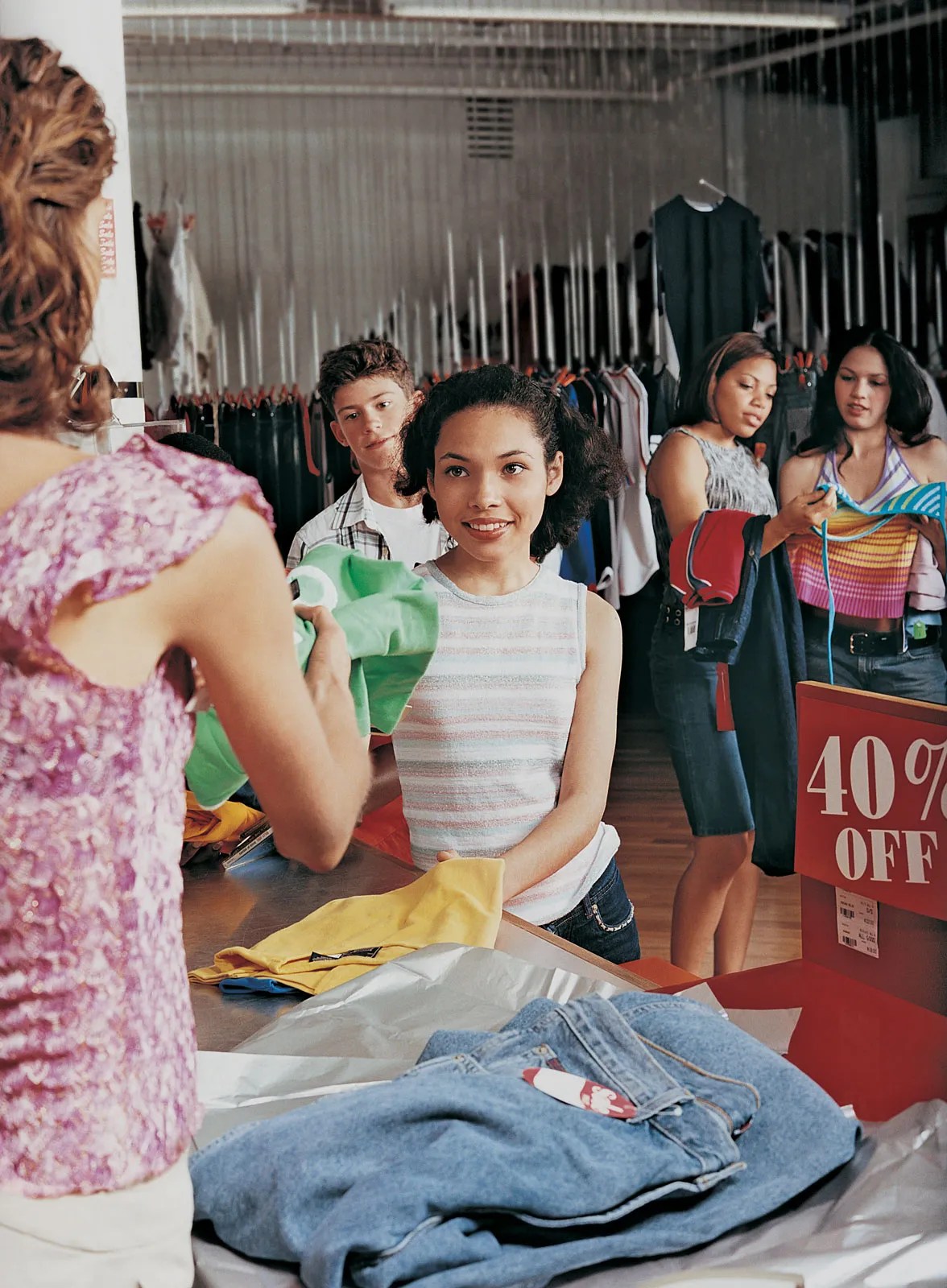
Like regular fabrics, exclusive fabrics are ideal for sewing. They are often chosen when preparing for a special event, such as a gala dinner, wedding, anniversary or awards show. It all depends on our preferences in color, texture and pattern: someone chooses black and blue shades, someone chooses sparkling decor, someone prefers cotton or silk fabrics to feel comfortable in every moment they touch the skin. However, for many of us, this is the template that helps us choose.
Diy Clothing Design: Design Clothes Unique To Your Style And Silhouette
Everyone loves to embroider. It looks stylish, elegant and rich. It can be made on any base: from light tulle and sheer organza to thick wool crepe and heavy cotton. The thinner the fabric you are embroidering with, the harder it is to embroider. Silk fabrics tend to be slippery, making the task a real challenge. Imagine how difficult it is to decorate silk chiffon with sequins, frills or satin stitches without ruining it. If it weren’t for the latest technology, most fabrics would be destroyed beyond recognition.
Choose fabrics with satin stitch embroidery if you want your clothes to be silky and soft to the touch. Consider beaded lace and sequined tulle if you’re planning a special occasion dress or a couture wedding dress (ivory, ecru and cream are timeless classics, but you can add pops of color to match the wedding theme or just for beauty!). Choose laser-cut fabrics if your sewing project calls for something bold and edgy. Try a dress decorated with ostrich feathers to embrace the fashion trend. Let your imagination give you a clue.
Which are the most famous and reliable manufacturers that produce unique and exclusive fabrics? Here is a short list of suppliers with a proven track record of delivering the highest quality masterpieces.
These luxury brands, like many others, provide famous fashion houses with fabrics that are then used to make ready-to-wear and couture dresses, dresses, skirts and other garments. Their product line includes embellished and embroidered fabrics, as well as high quality silk, cotton, linen, wool and various blends.
Asian Middle Aged Female Fashion Designer Works In Studio By Choosing Thread And Fabric Color Collection Ideas And Style Concepts For Dress Design Jobs. Professional Boutique Tailor Sme Entrepreneur. 18740487 Stock Photo At
High fashion inspires. It seems that the concept of clothing has been explored from top to bottom, but now a new era is coming and bringing a whole new set of ideas. The 2019 catwalks are crowded:
Some of the most popular textures include silk, leather, velvet, organdy, sequins, lace, tulle, wool and cotton. Whether you follow a trend and build on it or combine several ideas, you’re sure to succeed.
Here are some ideas that you can borrow from the runways and turn them into stunning outfits using luxurious fabrics:
Every fabric should be treated with respect. If you know how to take care of the material you choose and follow the sewing rules developed for it, it will serve you for many years. Exclusive fabrics require a lot of attention, because each of them is unique and needs to be handled with care, unless you are afraid of damaging it.
Burkina Faso Fashion Designer Weaves New Life Into Ancient Fabric
First, luxurious clothing fabrics are masterpieces. Needless to say, creating high-quality material with stunning designs takes a lot of time. That is why only high-class professionals should cut and sew such fabrics. Choose an experienced dressmaker who specializes in making luxurious clothes and knows how to use expensive fabrics. If your dream is a guipure lace dress, make sure that the tailor you choose has already made such garments, because this delicate material requires a lot of handwork, especially if it is filled with beads and sequins. If you are thinking about a tweed jacket, your tailor should have experience with it, etc.
How to care for premium fabrics? Dry cleaning is the best way to keep them clean. Do not wash expensive fabrics, otherwise you can permanently damage them. Entrust cashmere, vicuna, lace or embroidered silk to cleaning professionals who know how to do it right.
The best thing about high fashion fabrics is that they are a source of inspiration for designers and seamstresses. Everything about them speaks of style: from the unsurpassed quality of raw materials to the intricate patterns and level of craftsmanship. Designer clothing fabrics are the number one choice if you value fashion, beauty and sophistication. Clothes made from such masterpieces can be passed down from generation to generation as a family heirloom. Like diamonds and emeralds, luxurious fabrics are a great investment, but this time you’re investing in your wardrobe.
Luxurious fabrics are presented in an extensive regular collection of guipure lace, embroidered tulle, jacquard, organza and other haute couture fabrics. To give you a brief idea of them, the most distinctive ones are presented in the table below. Each of these fabrics deserves a detailed description, which you can find on the product pages by clicking on the images:
Confident Female Fashion Designers Doing Some Work In Textile Factory, Choosing Fabric Stock Image
Silk is an endlessly fashionable natural fabric woven from silkworm cocoons. The world’s most famous fashion brands regularly use it for a variety of men’s and women’s clothing, winning the admiration of the public.
How to stay cool on a hot summer day? Wear clothes designed for warmth. Cotton, linen, viscose, silk – dozens of summer materials that you can choose for your wardrobe. The best fabric to choose as the temperature rises should be breathable and comfortable.
A wedding dress is one of the most important wardrobe items a woman chooses in her life. It can be made of silk or cotton.
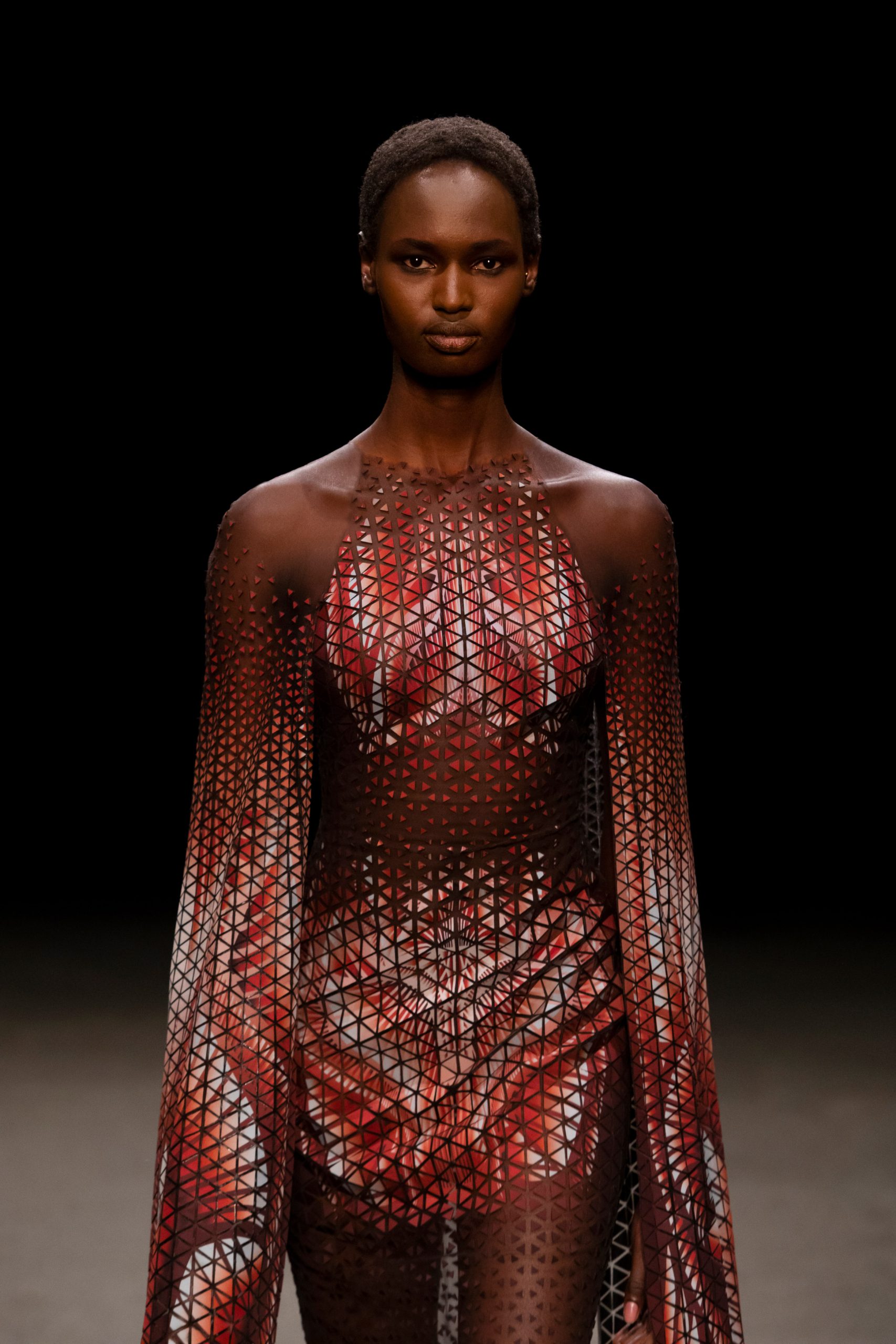
Where do designers get their fabric, what fashion designers do, fabric for fashion designers, where do designers buy their fabric, where does fashion nova get their clothes, where do web designers get their images, where do fashion designers get their inspiration, where do designers buy fabric, where to find fashion designers, where do graphic designers get their images, where do fashion designers buy fabric, where designers buy fabric
